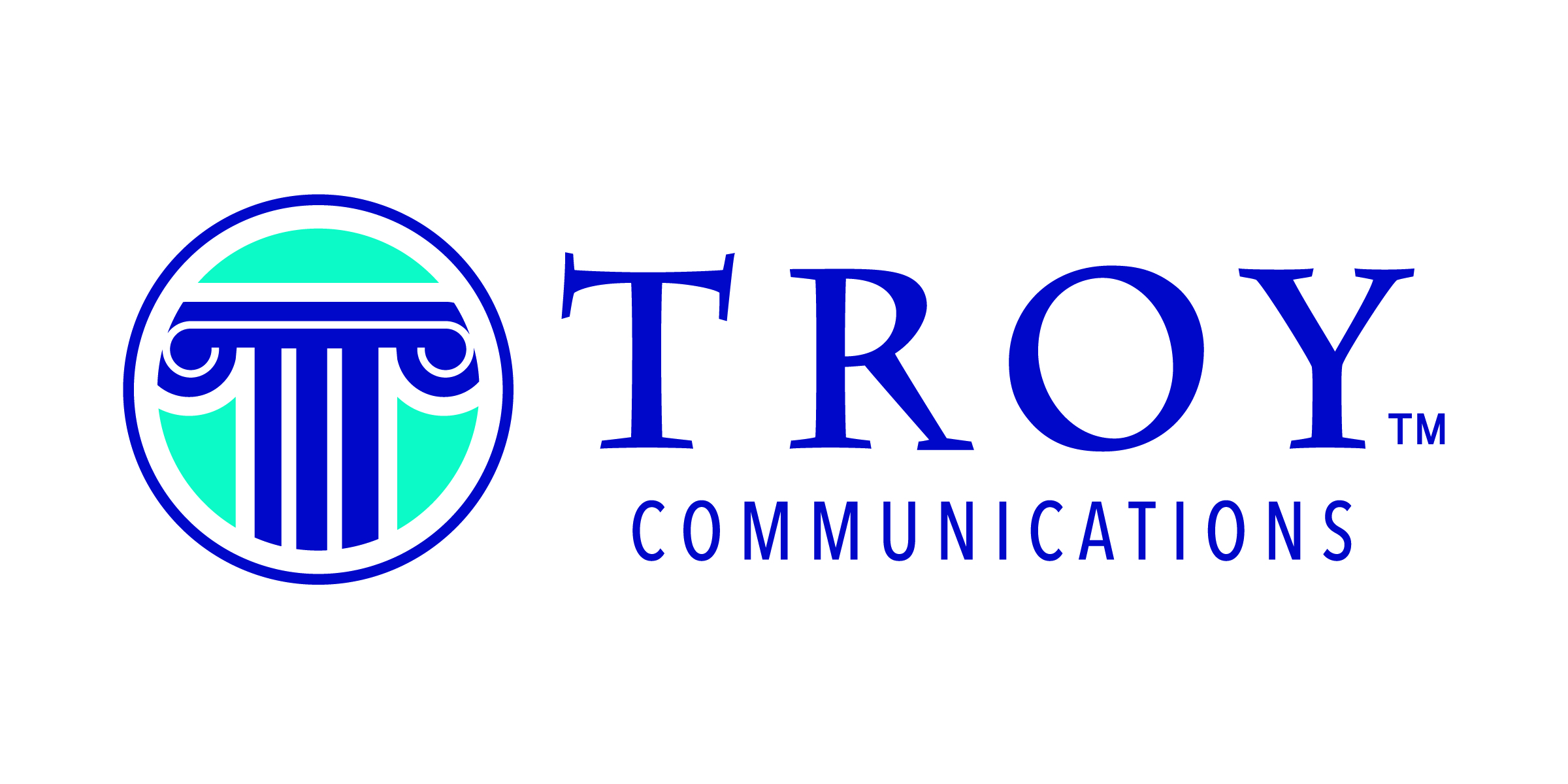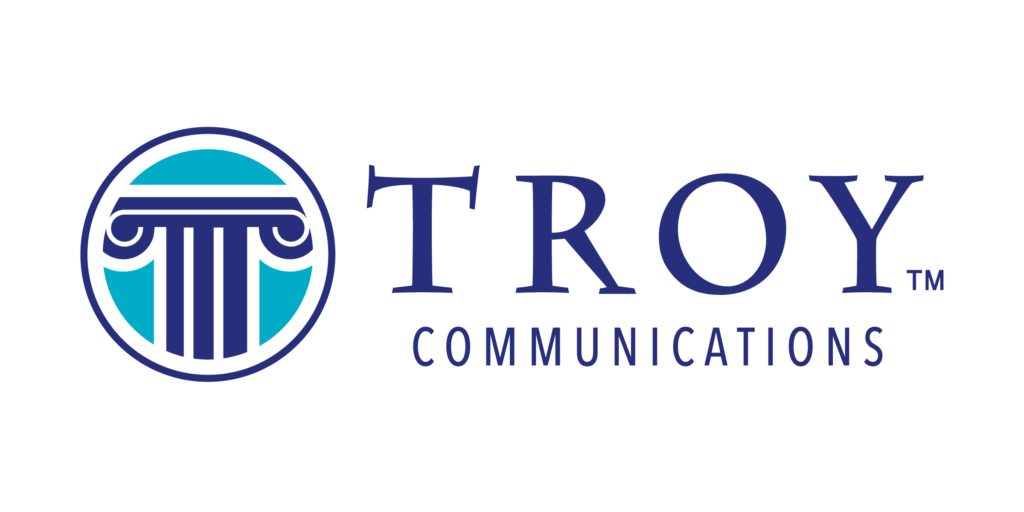If you want to know how to get your diverse team members to start working together as a cohesive team, then this strategy holds the keys you need to succeed.
The Bottom Line Here Is: Inclusion Begins When You Respect Others
Want a quick strategy on a widely overlooked fact for most people who want to improve their inclusive leadership skills? It’s the fact that the starting point on the ROADMAP to inclusion is learning to respect people no matter who they are, where they come from, what personality traits they exhibit, which political party they support, etc.
While humans are by nature tribal (just observe any sports fans to see the truth of this!), the bottom line is that we are all human and worthy of respect, of being treated fairly and with dignity. If you can learn to look at even “the least of these” as worthy of respect, then you’ve taken your first step on the ROADMAP..
The most important thing to understand with this is that if you find that you don’t respect people who think, act, or believe differently than you, it’s time to spend some time with them. Get to know them on a personal level, a human level. This will give you the opportunity to discover a couple of things.
1. We are more alike than we are different. We have similar hopes, dreams, struggles, and challenges, no matter where we come from.
2. Each individual has unique strengths and talents to offer the world. When we take the time to get to know each other, we begin to see these strengths. The truth here is that we are stronger together, celebrating our differences, instead of separating over them.
This spells the difference between success and failure when building a diverse team because you cannot be inclusive if you don’t respect the people around you. This is where the rubber meets the road, where “inclusion” becomes more than a word; it becomes an action that can eventually become a lifestyle.
So the next logical step here is to find someone in your personal or professional circle who you don’t automatically get along with. Perhaps their personality rubs you the wrong way, or their culture doesn’t make sense to you. Make a point to schedule a lunch or coffee break with them and get to know them as a person. Find where you have points in common instead of focusing on the differences.
Did this get you excited? Well, this article is just the tip of the iceberg when it comes to building a diverse team! This article series “You Need a ROADMAP!” I just started gives you the rest of the story… and a whole lot more.
Sign up to be notified when the next article drops at Troy Communications Blog.




